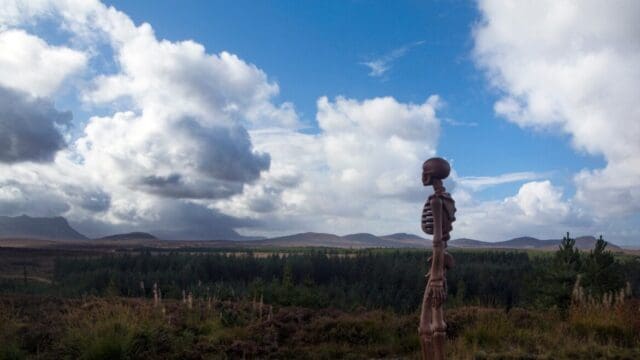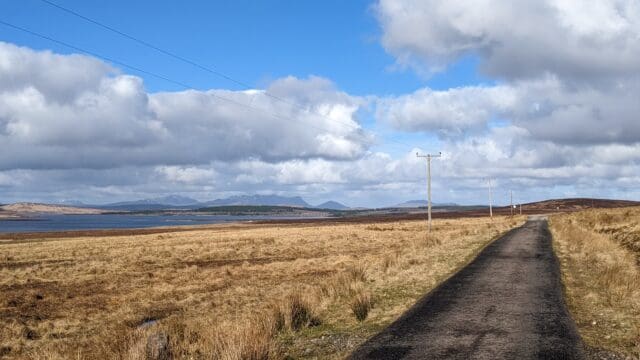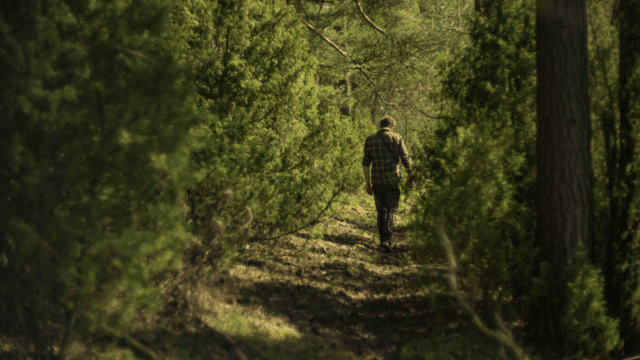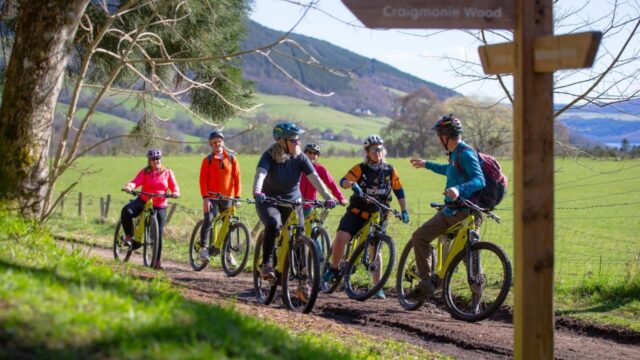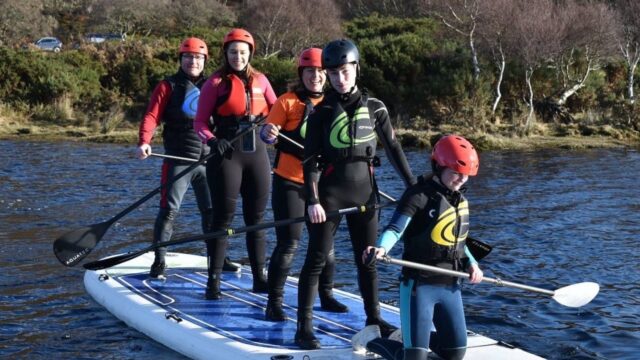Approaching Kildonan Photo: Peter Moore
Transport
Connected by road, rail, sea and air — with peaceful commutes and unforgettable drives.
Getting around the North Highlands is part of the adventure. Whether you’re commuting, exploring, or planning a trip further afield, travel here is scenic, stress-free, and surprisingly well-connected.
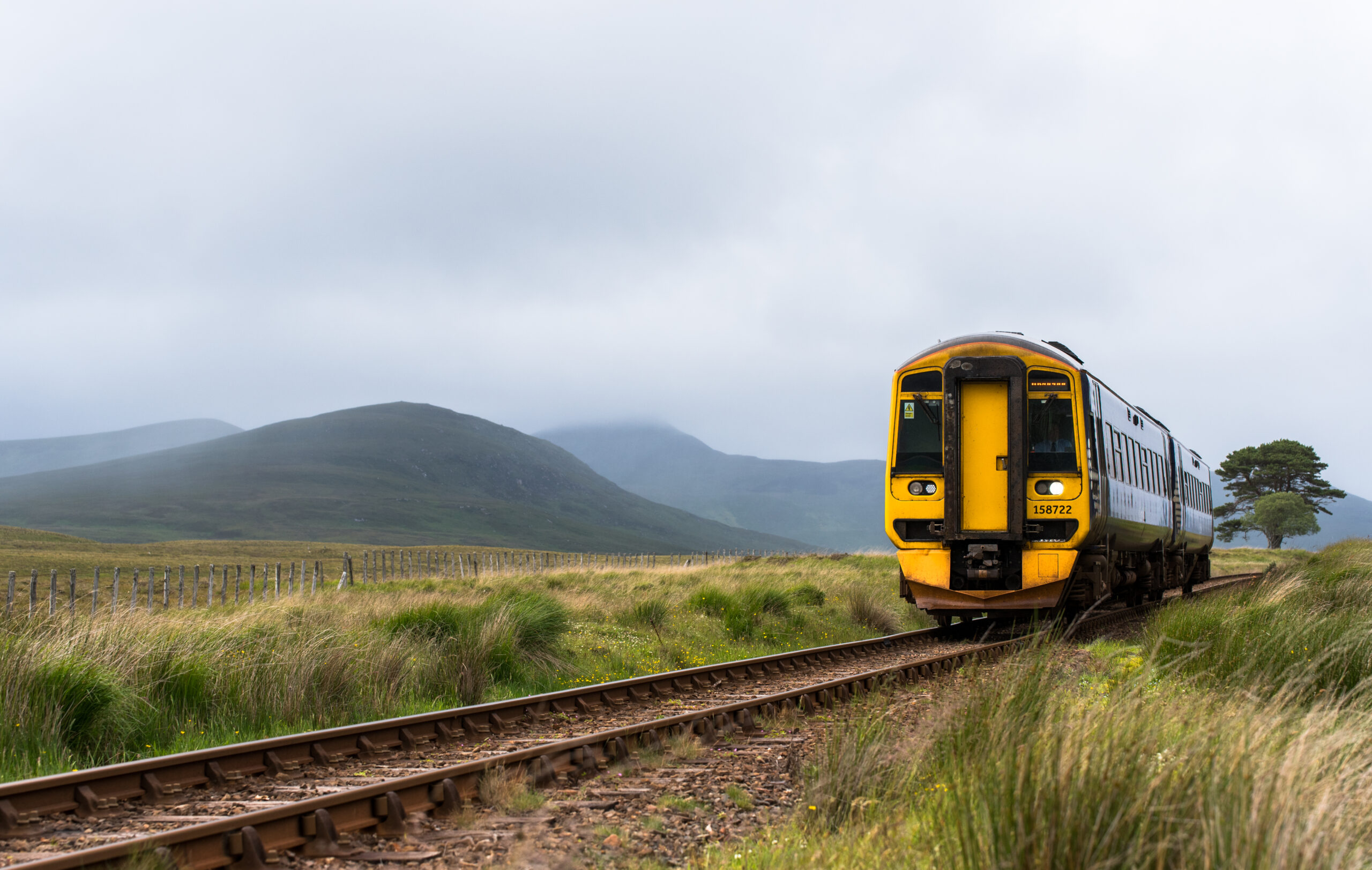
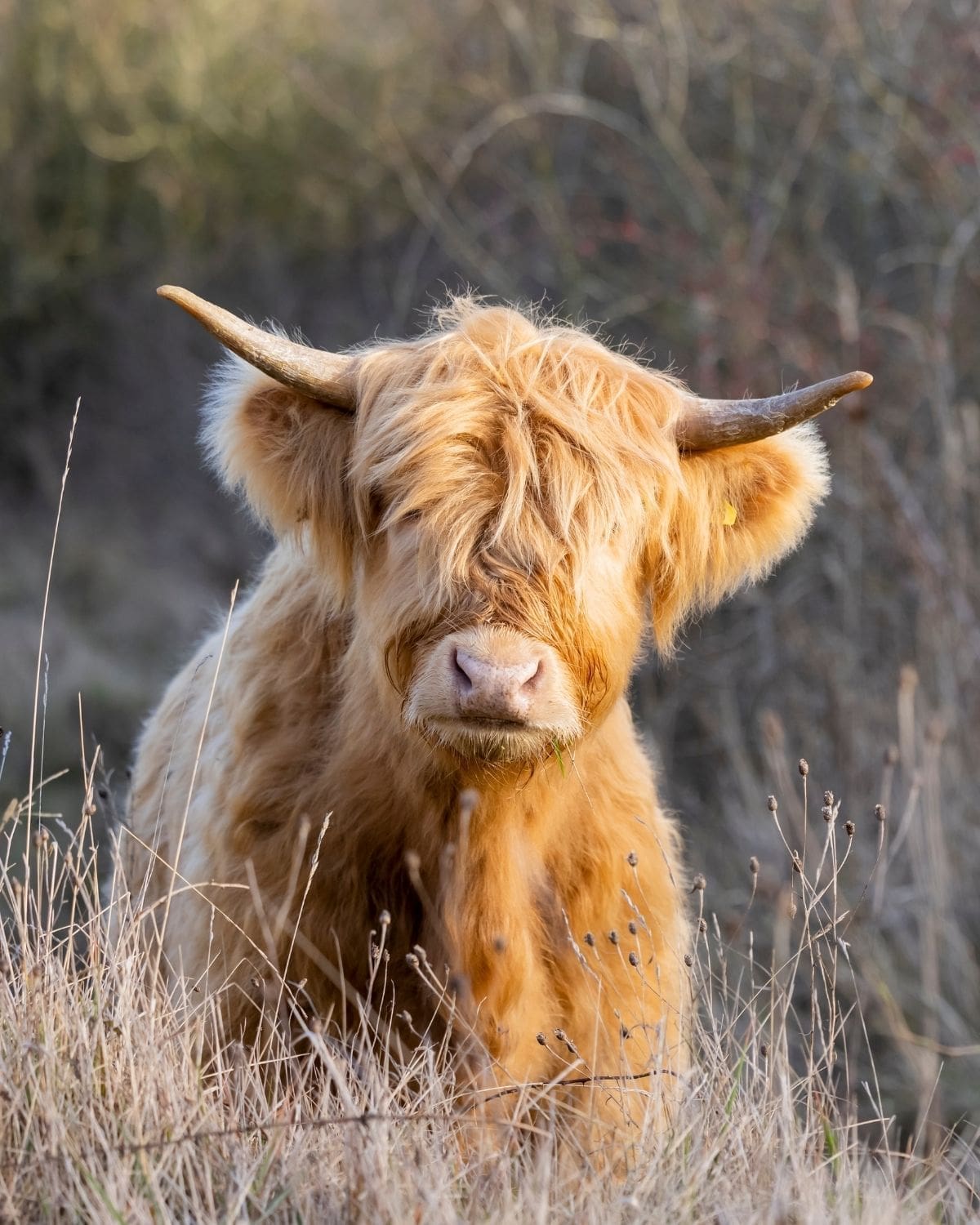
It’s the journey that matters!
North Highlands Travel
In a rural region like the North Highlands, travel is simply part of daily life, and it’s supported by a range of transport options. Good roads, regular bus services, and train connections make getting around straightforward. Wick and Inverness airports provide access to major UK cities and beyond, keeping national and international travel within easy reach.
The region’s main roads include the North Coast 500, famous as one of the UK’s most scenic routes. While it attracts visitors from around the world, it’s also part of everyday life here, linking towns, villages, and key services across the Highlands.
Ferries to Orkney run regularly and provide an essential connection for both people and goods.

The road is there, it will always be there. You just have to decide when to take it...
.
Travel By Road
The road network across Caithness and Sutherland links the region seamlessly to the rest of Scotland. The main A9 trunk road is the backbone of Scotland’s road system, running south through the Highlands via the Highland capital of Inverness and continuing to the Central Belt, including Perth, Edinburgh, and Glasgow. It is well-suited to larger vehicles and serves as a reliable route for work, deliveries, and daily travel.
From Inverness, two key routes extend connections across the region: the A835 heads west towards Ullapool and continues along the north-west coast of Sutherland, while the A96 runs east along the Moray and Grampian coasts towards Aberdeen, connecting to further transport hubs and services.
Approximate journey times from Inverness by road:
- Perth: around 2 hours 30 minutes
- Aberdeen: around 2 hours 45 minutes
- Glasgow: around 3 hours 30 minutes
- Edinburgh: around 3 hours 30 minutes
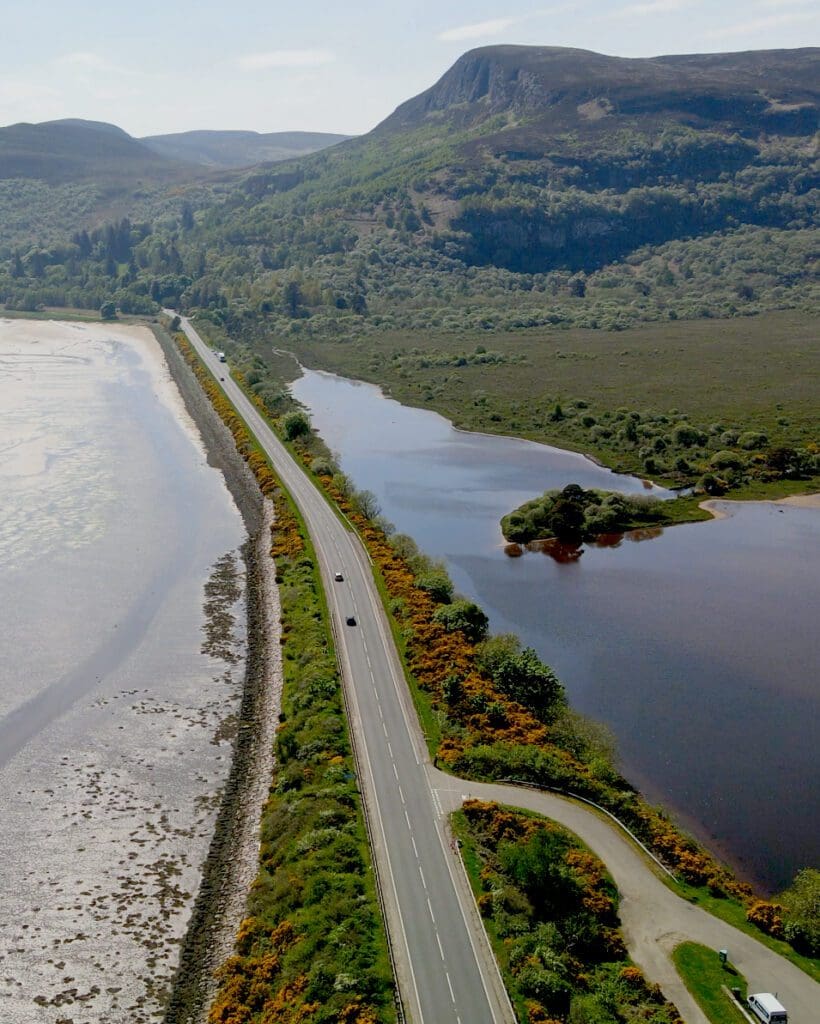
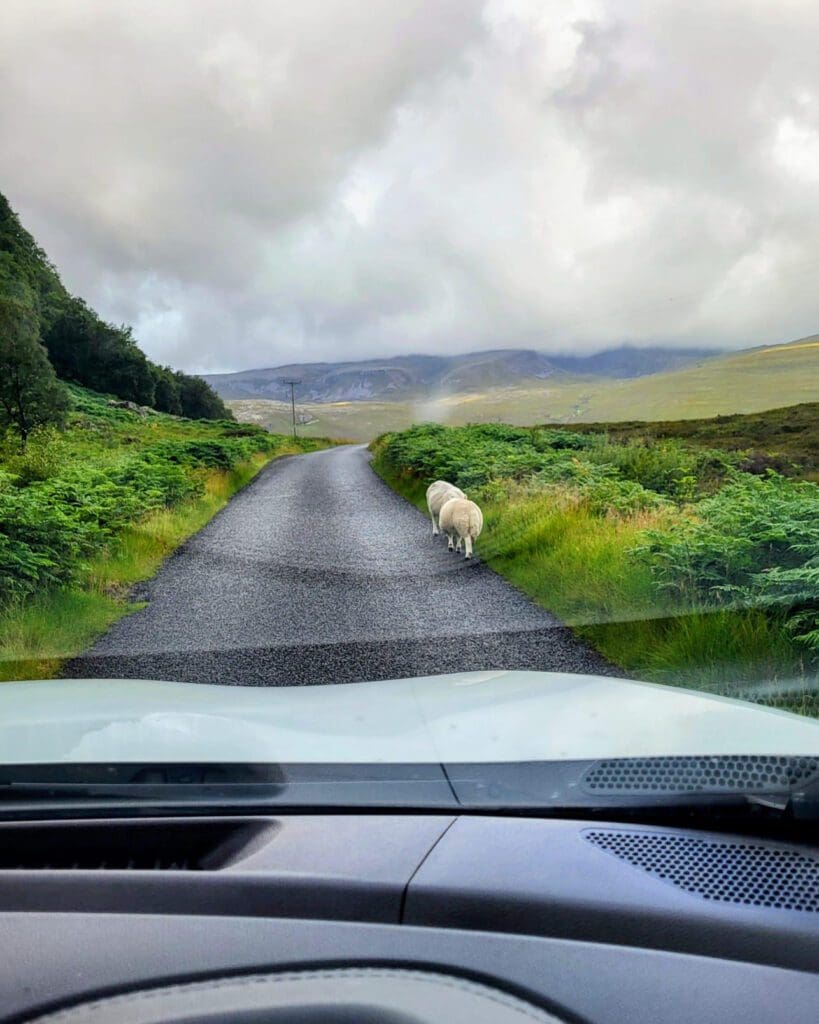
Local Road Network
Across the North Highlands, a combination of standard single carriageway roads and well-maintained single-track roads connects towns, villages, remote homes, and essential services. These quieter roads are a familiar part of daily life, offering not only access but also unforgettable views of mountains, moorland, coastline, and open skies.
Living in the Highlands means driving with care. On single-track routes, it’s important to use passing places properly and allow vehicles to overtake and pass safely. Whether you’re commuting, delivering goods, or enjoying the scenery, considerate driving helps keep our communities connected and travel smooth for everyone.
Daily train services connect Wick and Thurso with Inverness via the Far North Line, offering breathtaking views along the way.
The Far North Line is one of the UK’s most scenic railway journeys, passing through a wide range of landscapes, from peat bogs and mountains to dramatic coastal stretches. Running from Inverness to Wick and Thurso, the route follows the North Sea coastline and passes distilleries, salmon rivers, golf courses, and remote Highland communities. It even travels through the internationally significant peatlands of the Flow Country, a UNESCO World Heritage Site.
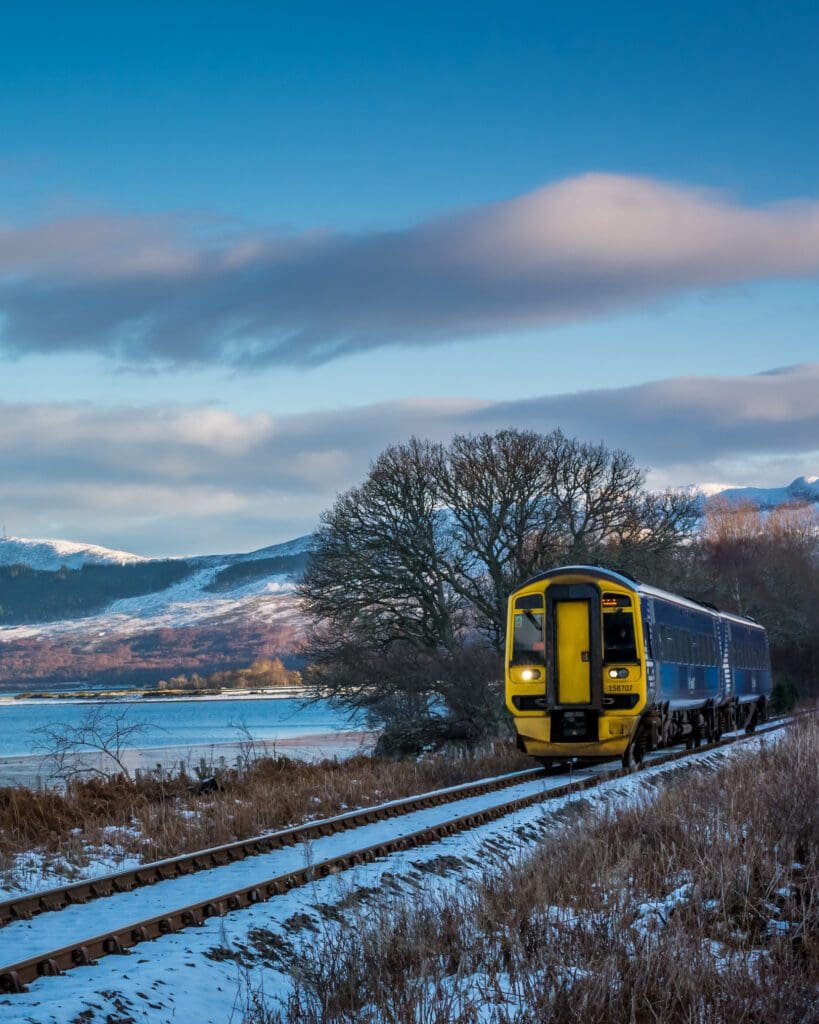
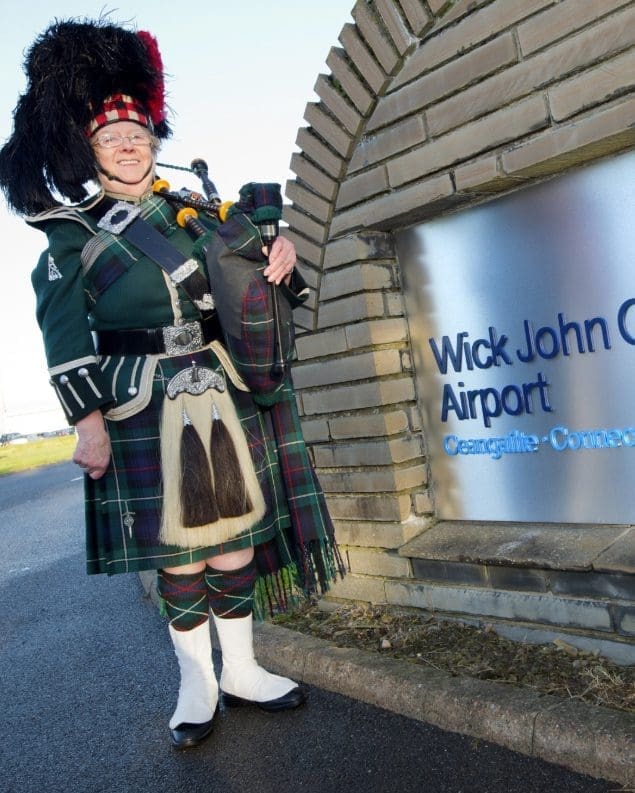
Travel By Air
Wick John O’Groats Airport, located just one mile north of Wick, offers a small but efficient gateway for regional travel, ideal for both business and leisure. With connections to Aberdeen and beyond, it provides easy access to the rest of the UK and international destinations.
Surrounded by spectacular scenery, the airport is convenient for residents of Wick and nearby communities. Inverness Airport also offers regular flights to major UK cities and international hubs, ensuring national and global connections are always within reach
Connected by road, rail, sea and air — with peaceful commutes and unforgettable journeys.
Berriedale, Photo: Local Lens Media

The world-famous North Coast 500 isn’t just for tourists; it’s part of everyday life in the North Highlands. This iconic route runs right through Caithness and Sutherland, connecting communities across more than 500 miles of stunning Highland landscape.
For those who live and work here, it’s more than a scenic drive. It’s the daily route to school, to work, to the shops, and it just happens to pass by white sandy beaches, rugged mountains, dramatic coastlines, and peaceful lochs.
Yes, it draws visitors from around the world, but for locals, it’s how we get around. And beyond the main route, there’s a whole network of quiet roads leading to hidden gems, small harbours, friendly villages, and plenty of space to explore.
Traffic jams? Never. Parking? Plentiful. Highland coos on the route? Absolutely. What more could you ask for on your morning commute?
Bus Network
The bus network is an essential part of rural life in the North Highlands. Whether it’s travelling to a medical appointment, commuting to work, or heading out for a day of shopping, local bus services are designed with the needs of the community in mind.
A well-established network connects towns and villages across Caithness and Sutherland, helping residents stay mobile and independent even without a car. Regular routes provide reliable links to key services, schools, and shops, but can be more sparse and less frequent in very rural areas.
Longer-distance services, such as the X99 from Thurso and Wick to Inverness, make the region well-connected and accessible for most, offering a comfortable and affordable way to travel further afield.
In Scotland, free bus travel is available to under 22s and over 60s, making bus travel a budget-friendly and inclusive option for many.
The E6 all-electric bus service, operated by Ember, also connects Inverness and Thurso.

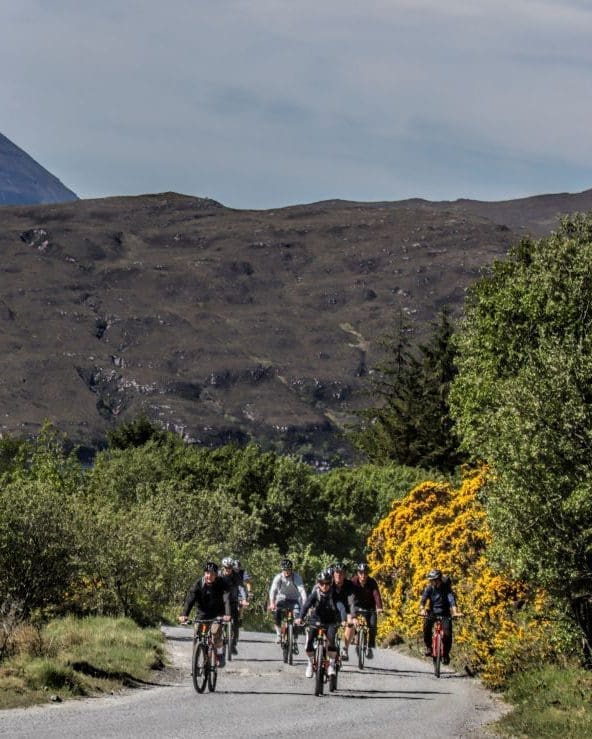
Active Travel
There are many cycling routes ranging from scenic loops to challenging hill climbs. Popular options in Caithness include routes around Loch Calder and Loch Watten, Dunnet Head and Dunnet Bay, Thurso to Scrabster, and further, to Forss Waterfall.
Active travel is encouraged by schools and many have schemes to support families leaving the car at home, by walking and cycling to school.
Over to orkney
Just across the water, Orkney is Caithness’s closest neighbour, and we’re lucky to have such strong, regular connections between the two regions. Whether you’re visiting for work, a weekend trip, or to see friends and family, getting there is easy.
There are two ferry routes connecting Caithness to Orkney.
North Link Ferries: A short 90-minute sailing from Scrabster takes you to Stromness, on Orkney’s Mainland. This crossing over the Pentland Firth passes the island of Hoy, offering fantastic views of the iconic Old Man of Hoy. You can take your car or travel as a foot passenger to explore the beautiful and historic Orkney Islands. From the ferry terminal in Kirkwall, there are onward connections to Lerwick in Shetland.
Pentland Ferries: operate a crossing from Gills Bay, near John O’Groats, to St Margaret’s Hope on South Ronaldsay, which takes just over an hour.
Along the way, you might spot island wildlife – seabirds, seals, and occasionally pods of dolphins, pilot whales, or even orcas. Regular bus connections are available from the ferry terminals for onward travel.
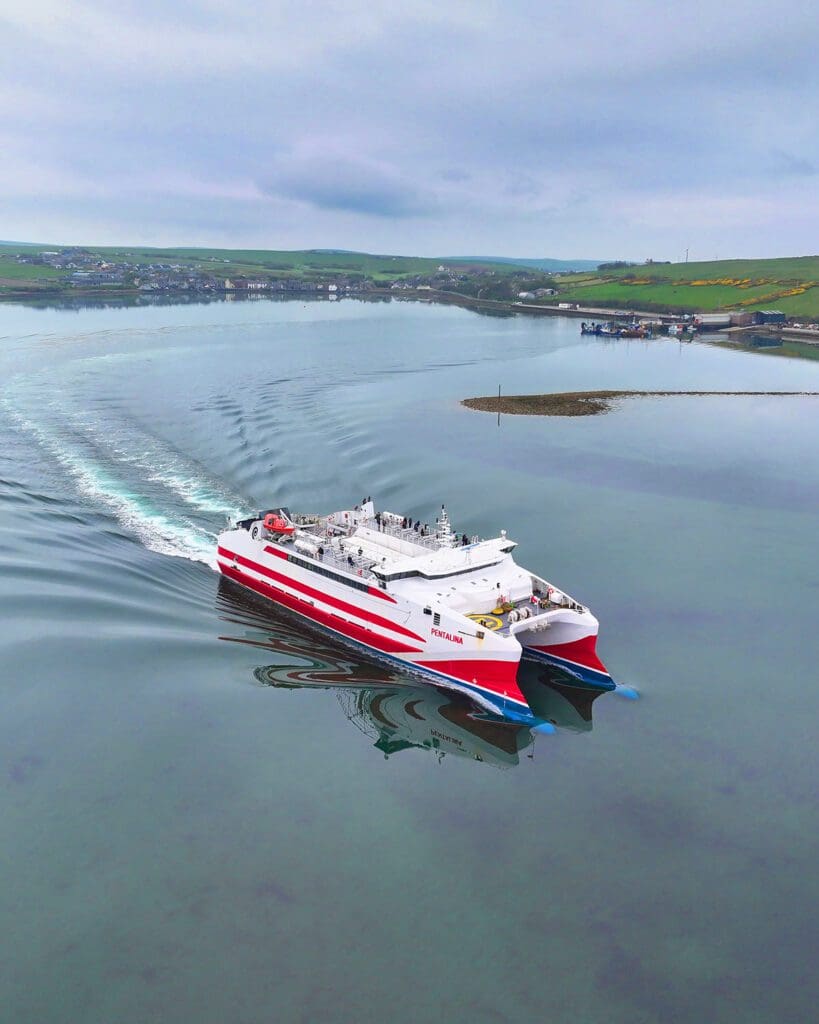
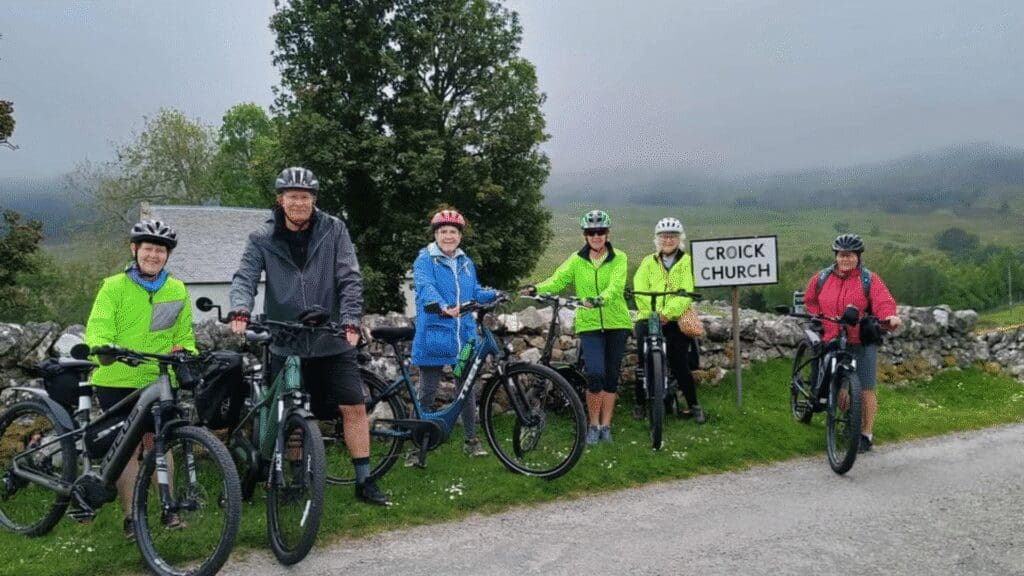
Getting around the North Highlands is part of the adventure!

